What brand are the blue Shimano bikes?
The neutral assistance cars provide an invaluable service in the race by being present to assist the cyclist even when the team vehicles cannot be close to the riders. A service provided by Shimano in the Tour de France or La Vuelta a España with its iconic blue cars.
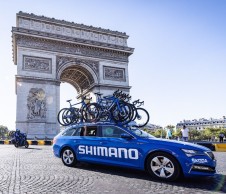
Shimano's blue car bikes speak French
Tour de France 2019, the race reached Mont Ventoux. However, hours before the stage the weather conditions at the top of the mountain, with the Mistral sweeping the summit, forced the race organization to modify the stage finish and move it to the Chalet Reynard, 6 kilometers below. This made the crowds so unmanageable that, at the end of the stage, one of the race bikes got stuck on one of the toughest ramps with several riders crashing into it.
The then leader of the Tour de France, Chris Froome, was left standing there with his broken bike next to him and had no choice but to run up the mountain until, finally, a neutral assistance car, at that time in charge of Mavic, arrived and gave him a bike with which he could continue to move towards the finish line.
RECOMENDADO

When do helmets have to be changed? Do they have an expiration date?

The best apps for cycling and mountain biking

Black Friday 2025 cycling bargains: save on Garmin, POC, Maxxis and more

Black Friday Garmin 2025: the ultimate guide to choosing your GPS at the best price
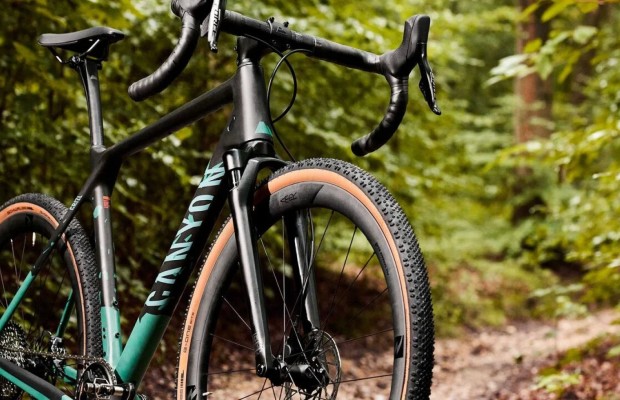
Do you need suspension on your gravel bike?
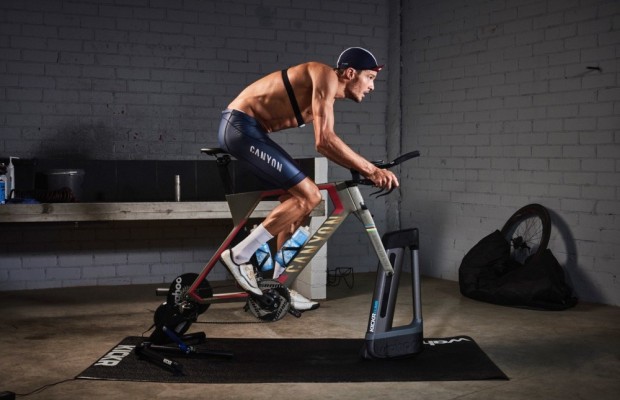
A real workout saver of only 56 min on the turbo trainer
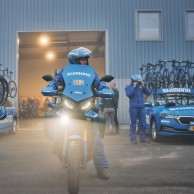
Since 2021 this neutral assistance work in the Tour de France is in the hands of Shimano, through its characteristic blue cars. A task that they also perform in La Vuelta a España and in practically all Spanish races.
The mission of the blue cars is simple: to provide technical assistance to any cyclist in the peloton when, for whatever reason, they do not have a team car that can provide assistance. In the case of professional racing, with all teams having two cars in the race, this happens in certain racing circumstances. For example, if a breakaway is less than a minute behind its pursuers, the referee-judges will not allow the cars to pass to the front. It is also common to find certain sections of the race where, due to their narrowness or any other aspect, the team cars are not allowed to pass, leaving the assistance only in the hands of the neutral assistance.
Obviously, in the event of a breakdown on their bike, cyclists prefer, as a first option, to turn to their own team cars, which can provide them with their second bike, identical in configuration to their first bike, or change a wheel for another with the same characteristics (tyres, pressure, cassette teeth, disc size...) as the one they have on their bike. However, when the car is not around, Shimano blue cars become a kind of guardian angel.
Priceless effort
Usually, Shimano's blue cars are limited to changing tyres in case of a puncture or to solve some small mechanical failure: a part that has come loose, a derailleur that stops working for some resolvable reason... however, in some cases the problem requires the replacement of the bike.
Here, the mechanics of the blue Shimano cars are faced with several dilemmas. On the one hand, they have to decide which type of wheels to use. Fortunately, nowadays SRAM and Shimano, with Campagnolo already with a residual presence, are practically the whole pack and all groupsets use 12 sprockets with cassettes that work correctly on any brand. Now the problem is the size of the brake discs, some use 160 mm and others 140 mm, multiplied by two types of wheels.
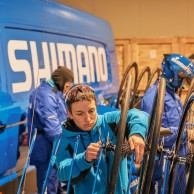
However, the big problem is with the bikes, where it is necessary to decide which sizes and types of pedals to install on them. That's why, before the races, the mechanics of the Shimano blue cars have to do their homework, seeing which teams are taking part and, above all, what type of cyclists. It is not necessary to bring the same bikes to a Paris-Roubaix, where the leading riders are taller than to a Tour de France where the favorites are small climbers.
In any case, they carry a small selection of sizes in order to be able to provide a spare bike to virtually the entire peloton with only a small saddle height adjustment that can be made on the fly. In addition, the leaders often have the small privilege of having a bike in the neutral car adjusted to their measurements.
But which bikes are they?
One of the doubts that arise is what brand of bike is under the blue color and the Shimano logos on the bikes that carry the blue Shimano cars. The Japanese firm has never communicated this information, but there is a way to find out. For years, all bikes used in competition must be certified by the UCI and carry on the frame the logo of its homologation. This logo has a code that identifies the bike in the list that can be consulted on the website of the highest cycling body.
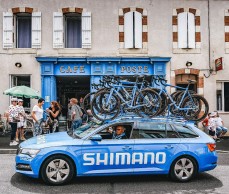
Well, on the bikes that the blue Shimano cars carry in this Tour de France you can read ORI-AXGT which leads us to the French firm Origine and its Axxome II GT frame, a frame located in the mid-range of the French brand and made with Toray T800 and M40 carbon fibers, a fairly classic and solvent configuration, without additions such as aerodynamic tubes or internal wiring. In fact, we are talking about a frame that has a price of 1,676 €.
It is clear that with this bike, Shimano does not intend to have a bike with maximum performance but a functional bike, easy to mount and maintain as well as to adjust, with features such as its round seatpost with a conventional clamp with quick release collar or external wiring in the handlebar area that, for example, allows changing the stem length in just a couple of minutes. Of course, its bottom bracket system is the BB86 PressFit that Shimano once used for its own crankset to make it one of the most common standards.
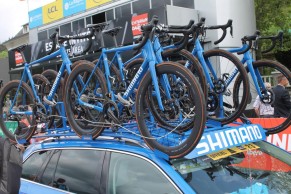
Although it is a relatively modest frame, the bike's set-up is not modest and, as expected, Shimano dresses it up entirely with its Shimano Dura-Ace groupset, including its wheels, either the medium-profile C36 or the aerodynamic C60, on which, at least in the Tour de France, Continental GP5000 tubeless tyres are mounted in 700x28c size, one of the most common options among the peloton teams.
Both seat post, the saddle itself as well as the control frame are also in-house. In this case, Pro, the Shimano components firm that mounts its best options on this bike, is used.
A bike, as we said, solvent that can get any rider out of trouble in a specific situation, even if it is only a few kilometers until the team car manages to get to the level of the rider and provide his own bike.